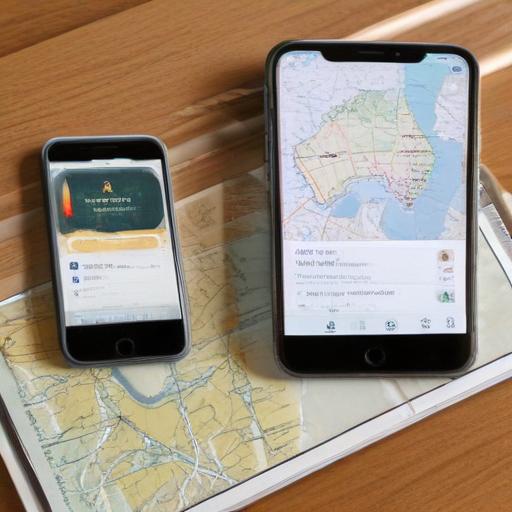Parents navigating adolescence in the digital age: practical guidance for Australian families
A recently discussed look into adolescence, sparked by the Netflix series Adolescence, highlights the importance of parents being present and proactive as teens navigate a complex online world. The message is clear: strong, supportive relationships lay the groundwork for trust, open conversation, and safer online experiences.
Build on the relationship you have with your child
A healthy parent–teen dynamic starts with a strong, genuine relationship. Adolescent mental wellbeing grows from open, supportive communication. One school psychologist suggests that spending quality time doing activities your teen loves—whether gaming, art, or something else—shows you’re stepping into their world and taking a real interest in what excites them. This kind of connection opens doors to confidence and meaningful conversation.
Communicate early—and keep it going
The series’ core lesson is that issues can escalate quickly if communication falters. Start conversations early and keep them ongoing, especially around tough topics. Create low-pressure moments—car rides, dinner, or bedtime chats—to keep dialogue flowing. Model the way you express your own emotions, because calm, honest responses invite your teen to share. When teens feel heard without judgment, trust grows and they’re more likely to come back with concerns.
Understanding their online world
Parents are encouraged to learn about the digital spaces their kids inhabit. This means building your own knowledge of platforms and online communities, even if they’re not familiar. Showing genuine curiosity—asking questions and letting your child explain their digital world—creates a connection and equips you to help navigate online challenges together.
Boundaries that grow with them
Digital boundaries work best when they’re created with the teen, not imposed from above. Families should discuss what’s reasonable based on a teen’s age, development, and interests, rather than focusing solely on screen time. If a teen enjoys gaming, the conversation should explore how use affects learning, wellbeing, and social life. Revisit boundaries regularly; a teen who feels listened to and understood is more likely to cooperate and stay engaged.
Know the signs
While not all changes signal a problem, there are key signs to watch for: withdrawal from friends or activities, changes in sleep or eating patterns, or a drop in school performance. Parents know their child best, and instinct matters. If something feels off, it’s worth paying attention.
Seeking help
When a teen struggles socially or emotionally, it’s important to look at the full picture across different settings. Act early and involve trusted adults who know your child in various contexts—teachers, coaches, mentors. Schools can be a first point of contact for local support, and in some cases a child’s GP may develop a mental health care plan or connect your child with local services.
Supporting your teen
You don’t always need all the answers; you need to be available, curious and persistent in keeping the conversation going. The most powerful tools are relationships, trust and empathy—knowing your teen can come to you without fear is invaluable.
If you or your child need help:
– Lifeline: 13 11 14
– Kids Helpline: 1800 551 800
– MensLine Australia: 1300 789 978
– Suicide Call Back Service: 1300 659 467
– Beyond Blue: 1300 224 636
– Headspace: 1800 650 890
– ReachOut: au.reachout.com
Additional supports and programs
The Department of Education offers free Triple P (Positive Parenting Program) seminars for parents and carers, with options including face-to-face sessions at schools and centers, live online seminars, and a self-paced online program. To find upcoming sessions or register for the free online program, visit the provided links.
Useful resources
For information to help children stay safe online, resources are available through eSafety for young people and eSafety for parents. ReachOut also offers resources for parents and carers.
Summary
This guidance emphasizes building strong relationships, starting early with open communication, understanding the online world, setting evolving boundaries, watching for warning signs, and seeking help when needed. The overarching message is hopeful: with ongoing, compassionate engagement, families can support teens to thrive both online and off.
Takeaways and added value
– Start small: regular, short conversations can build a durable foundation for trust.
– Get curious about your teen’s online life, not just their offline activities.
– Use school and community resources early to create a support network.
– Reflect on your own reactions; modeling calm communication helps teens mirror those behaviors.
Positive spin
By prioritising connection, empathy and adaptability, families can turn digital-era challenges into opportunities for closer, more resilient relationships with their teens.
